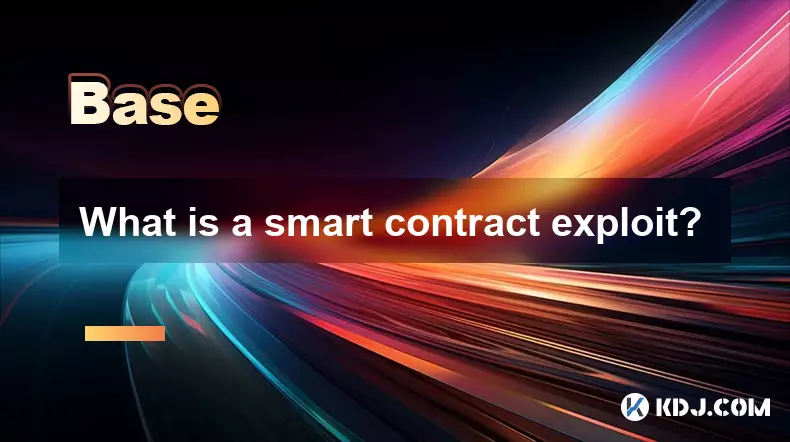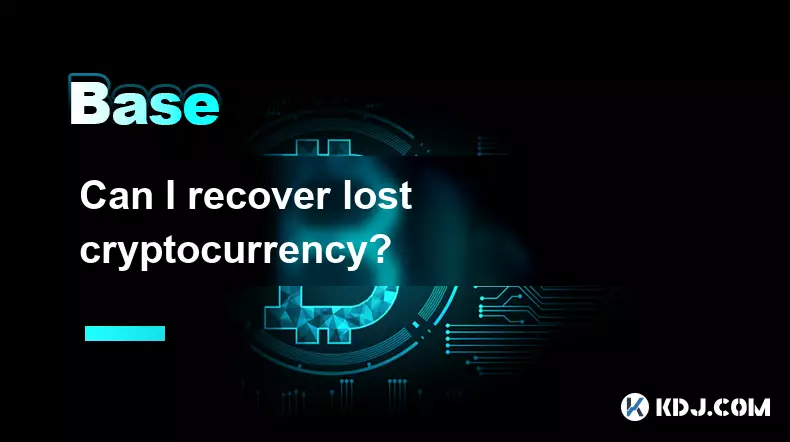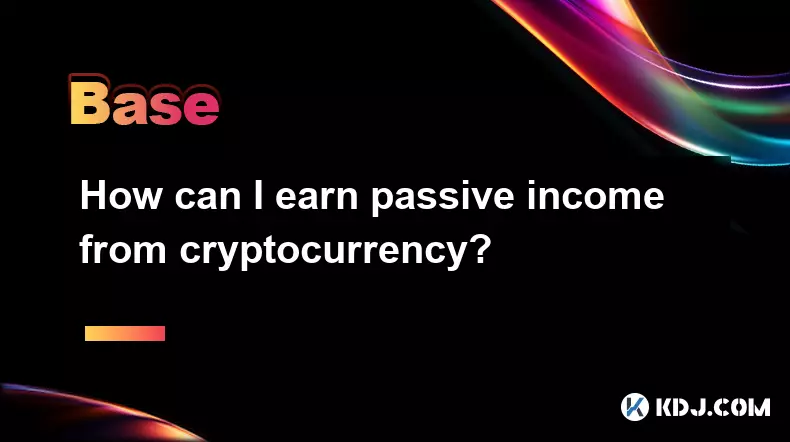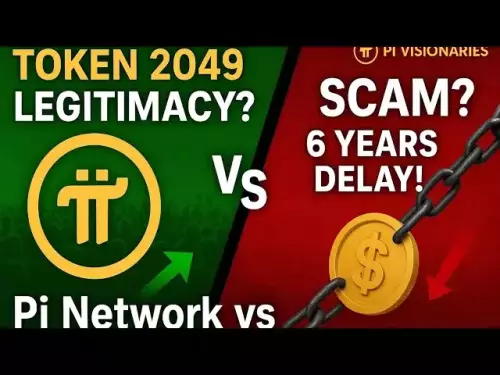-
 bitcoin
bitcoin $114779.865156 USD
2.30% -
 ethereum
ethereum $4226.519789 USD
2.39% -
 tether
tether $1.000545 USD
0.04% -
 xrp
xrp $2.890223 USD
0.92% -
 bnb
bnb $1030.029301 USD
2.95% -
 solana
solana $212.824944 USD
1.69% -
 usd-coin
usd-coin $0.999757 USD
0.01% -
 dogecoin
dogecoin $0.234961 USD
-0.27% -
 tron
tron $0.337174 USD
0.42% -
 cardano
cardano $0.804783 USD
0.09% -
 hyperliquid
hyperliquid $45.748770 USD
-2.85% -
 chainlink
chainlink $21.699170 USD
0.82% -
 ethena-usde
ethena-usde $1.001452 USD
0.08% -
 avalanche
avalanche $30.237800 USD
1.14% -
 stellar
stellar $0.372604 USD
1.52%
What is a smart contract exploit?
Smart contract exploits, like reentrancy and overflow attacks, threaten DeFi by enabling fund theft, eroding user trust, and causing massive financial losses.
Sep 10, 2025 at 11:54 pm

Understanding Smart Contract Exploits in the Crypto Space
A smart contract exploit refers to a vulnerability or flaw in a blockchain-based smart contract that malicious actors take advantage of to manipulate the contract's logic, steal funds, or disrupt operations. These exploits are particularly dangerous in decentralized finance (DeFi), where large sums of money are locked in smart contracts. Once deployed, smart contracts are immutable, meaning any bugs or weaknesses cannot be patched without redeploying the entire contract—making security a top priority.
Common Types of Smart Contract Vulnerabilities
1. Reentrancy attacks occur when a contract allows external calls before updating its internal state. Attackers exploit this by recursively calling the withdrawal function, draining funds before the balance is updated. The infamous DAO hack in 2016, which led to the loss of over $60 million, was a result of such an exploit.
2. Integer overflow and underflow happen when arithmetic operations exceed the maximum or minimum values a variable can hold. This can allow attackers to manipulate balances or mint tokens out of thin air. Modern development frameworks like Solidity 0.8+ have built-in protections, but older contracts remain at risk.
3. Access control flaws arise when functions that should be restricted to specific roles are left public or improperly secured. This enables unauthorized users to execute privileged actions, such as withdrawing funds or changing contract parameters.
4. Logic errors are mistakes in the intended behavior of the contract. For example, a flawed auction mechanism might allow bidders to reclaim their bids without forfeiting their position, leading to unfair advantages or financial loss.
5. Front-running occurs when attackers monitor the mempool for pending transactions and submit their own with higher gas fees to execute first. This is especially prevalent in decentralized exchanges where price-sensitive trades can be manipulated for profit.
Impact of Exploits on the Cryptocurrency Ecosystem
1. Financial losses from smart contract exploits can be massive, often reaching tens or hundreds of millions of dollars. These losses affect not only the project but also investors, liquidity providers, and token holders across the ecosystem.
2. User trust erodes when platforms suffer repeated exploits, leading to reduced participation in DeFi protocols and lower liquidity across decentralized exchanges. Confidence in blockchain technology as a secure alternative to traditional finance is directly tied to the perceived safety of smart contracts.
3. Projects may face legal scrutiny or regulatory pressure following an exploit, especially if user funds are lost due to negligence or inadequate auditing. This can delay future development or lead to shutdowns.
4. Exploits often trigger panic selling in associated tokens, causing sharp price drops and affecting broader market sentiment. The ripple effect can influence investor behavior across unrelated projects.
5. Development teams are forced to divert resources from innovation to damage control, including emergency audits, fund recovery attempts, and community communication.
Mitigation Strategies and Industry Responses
1. Comprehensive code audits by reputable third-party firms are now considered standard practice before deploying any smart contract. These audits identify potential vulnerabilities and suggest fixes before launch.
2. Formal verification uses mathematical methods to prove that a contract behaves exactly as intended under all possible conditions, significantly reducing the risk of hidden flaws. While resource-intensive, it's increasingly adopted for high-value protocols.
3. Bug bounty programs incentivize ethical hackers to report vulnerabilities in exchange for rewards. Platforms like Immunefi have facilitated millions in payouts, helping uncover critical issues before exploitation.
4. Upgradeable contract patterns, such as using proxy contracts, allow developers to fix bugs without redeploying the entire system. However, these introduce centralization risks if ownership is not properly decentralized.
5. Real-time monitoring tools detect suspicious on-chain activity and alert teams to potential attacks, enabling faster response times and sometimes preventing full-scale breaches.
Frequently Asked Questions
How do hackers discover smart contract vulnerabilities?
Attackers often analyze publicly available source code on block explorers, use automated scanning tools, or study transaction patterns to identify weaknesses. Some exploit known bug patterns from previous hacks, adapting them to new contracts.
Can stolen funds be recovered after an exploit?
In some cases, yes. If the attacker’s wallet is identified and they interact with regulated exchanges or services, legal action or cooperation with blockchain analytics firms may lead to fund freezing or recovery. Certain protocols also have emergency shutdown mechanisms to halt operations and preserve remaining assets.
Are all smart contracts vulnerable to exploits?
No, not all are vulnerable. Contracts that undergo rigorous testing, auditing, and follow secure coding practices have a much lower risk. However, complexity, human error, and evolving attack techniques mean no contract can be considered 100% safe.
What role do decentralized governance systems play in responding to exploits?
Governance tokens allow stakeholders to vote on emergency proposals, such as pausing contracts, upgrading logic, or allocating funds for reimbursement. While this decentralizes decision-making, slow voting processes can delay critical responses during active attacks.
Disclaimer:info@kdj.com
The information provided is not trading advice. kdj.com does not assume any responsibility for any investments made based on the information provided in this article. Cryptocurrencies are highly volatile and it is highly recommended that you invest with caution after thorough research!
If you believe that the content used on this website infringes your copyright, please contact us immediately (info@kdj.com) and we will delete it promptly.
- Altcoins Primed for 100x Gains: Cryptocurrencies to Watch
- 2025-09-30 22:45:16
- Debut Auction & XRP ETF Watch: October 18th Auction Set, Crypto's Big Day?
- 2025-09-30 22:45:16
- Navigating Solana Wallets: Your Guide to Secure Crypto in 2025
- 2025-09-30 22:50:11
- BlockchainFX, Crypto & Hyperliquid: Decoding the Future of DeFi in 2025
- 2025-09-30 22:25:13
- Visa's Stablecoin Payout Pilot: Revolutionizing Cross-Border Payments
- 2025-09-30 22:25:13
- Crypto Launchpads: Revolutionizing Blockchain Fundraising for 2025 and Beyond
- 2025-09-30 22:30:13
Related knowledge

How does cryptocurrency achieve decentralization?
Sep 30,2025 at 04:37am
Understanding the Foundation of Decentralization in Cryptocurrency1. Cryptocurrency achieves decentralization primarily through the use of blockchain ...

What are some common methods of cryptocurrency market manipulation?
Sep 27,2025 at 02:55am
Wash Trading and Its Impact on Market Perception1. Wash trading involves an individual or entity simultaneously buying and selling the same cryptocurr...

How do I read a cryptocurrency whitepaper?
Sep 27,2025 at 05:54am
Understanding the Structure of a Cryptocurrency Whitepaper1. Begin by identifying the executive summary, which outlines the project’s core vision and ...

Can I recover lost cryptocurrency?
Sep 25,2025 at 08:18am
Understanding the Nature of Cryptocurrency Loss1. Cryptocurrency operates on decentralized networks, meaning there is no central authority to reverse ...

How do I choose a cryptocurrency investment strategy?
Sep 27,2025 at 03:55pm
Understanding Risk Tolerance in Crypto Investing1. Assessing personal risk tolerance is a foundational step when entering the cryptocurrency market. V...

How can I earn passive income from cryptocurrency?
Sep 23,2025 at 10:18am
Staking Cryptocurrencies for Regular Returns1. Many blockchain networks operate on a proof-of-stake (PoS) consensus mechanism, allowing users to earn ...

How does cryptocurrency achieve decentralization?
Sep 30,2025 at 04:37am
Understanding the Foundation of Decentralization in Cryptocurrency1. Cryptocurrency achieves decentralization primarily through the use of blockchain ...

What are some common methods of cryptocurrency market manipulation?
Sep 27,2025 at 02:55am
Wash Trading and Its Impact on Market Perception1. Wash trading involves an individual or entity simultaneously buying and selling the same cryptocurr...

How do I read a cryptocurrency whitepaper?
Sep 27,2025 at 05:54am
Understanding the Structure of a Cryptocurrency Whitepaper1. Begin by identifying the executive summary, which outlines the project’s core vision and ...

Can I recover lost cryptocurrency?
Sep 25,2025 at 08:18am
Understanding the Nature of Cryptocurrency Loss1. Cryptocurrency operates on decentralized networks, meaning there is no central authority to reverse ...

How do I choose a cryptocurrency investment strategy?
Sep 27,2025 at 03:55pm
Understanding Risk Tolerance in Crypto Investing1. Assessing personal risk tolerance is a foundational step when entering the cryptocurrency market. V...

How can I earn passive income from cryptocurrency?
Sep 23,2025 at 10:18am
Staking Cryptocurrencies for Regular Returns1. Many blockchain networks operate on a proof-of-stake (PoS) consensus mechanism, allowing users to earn ...
See all articles










































































